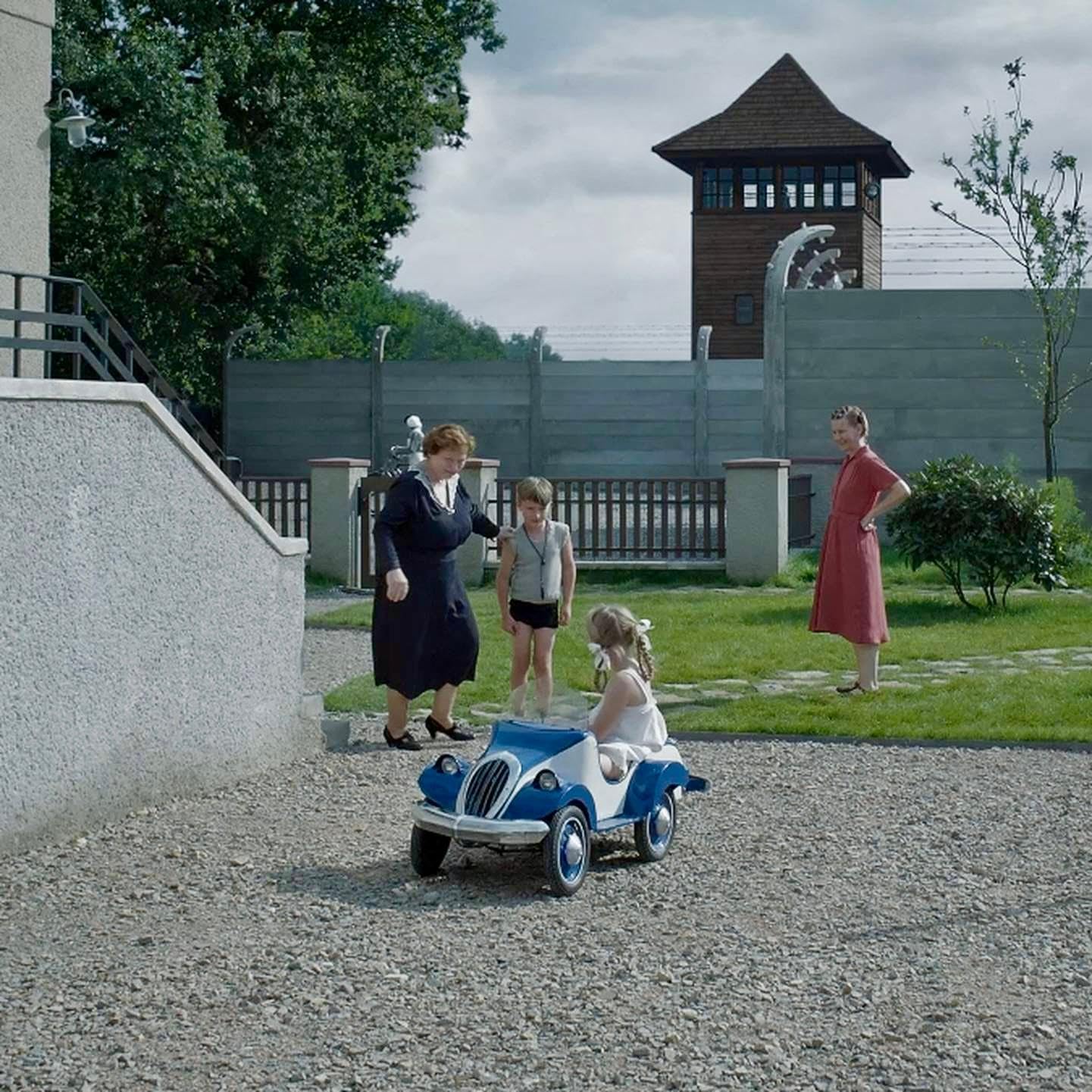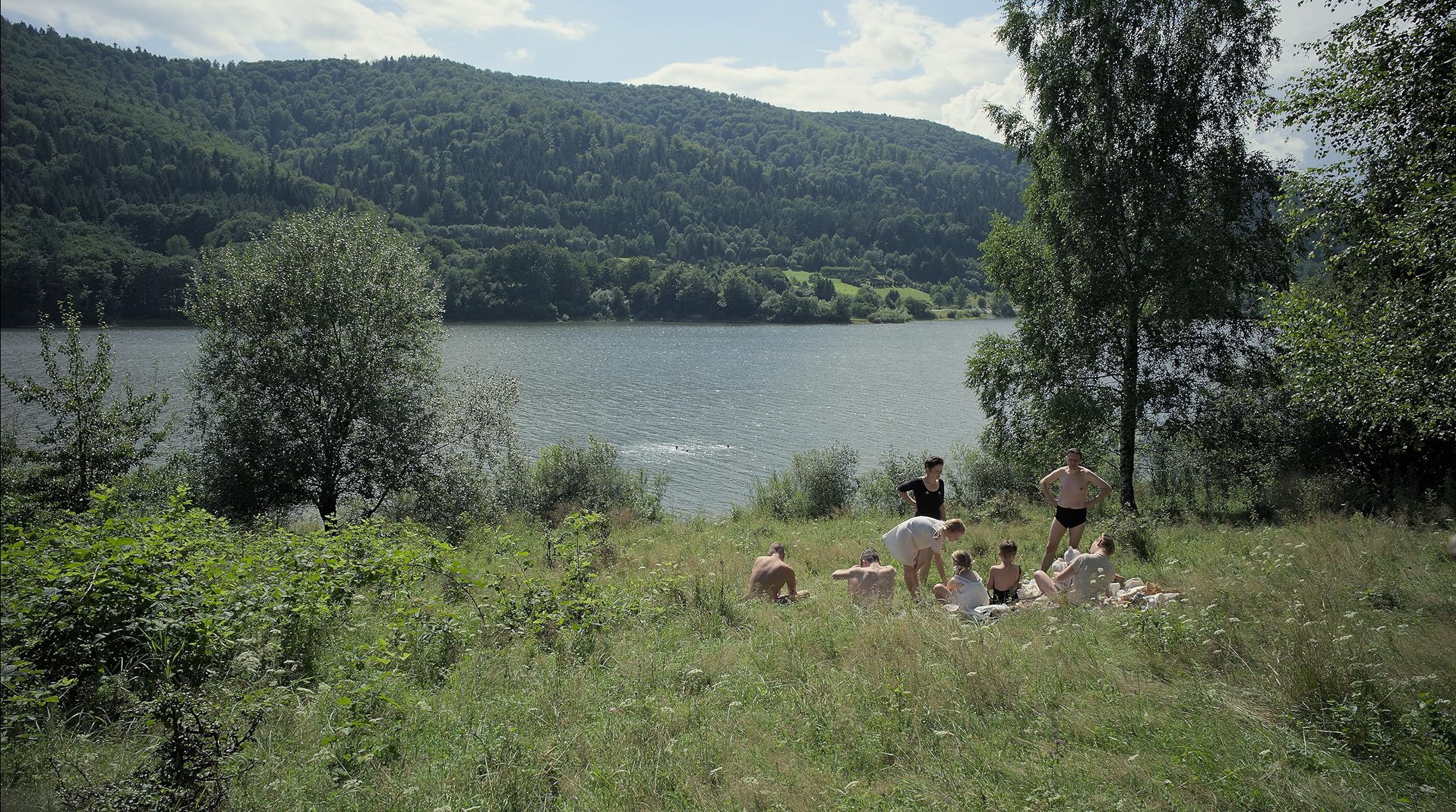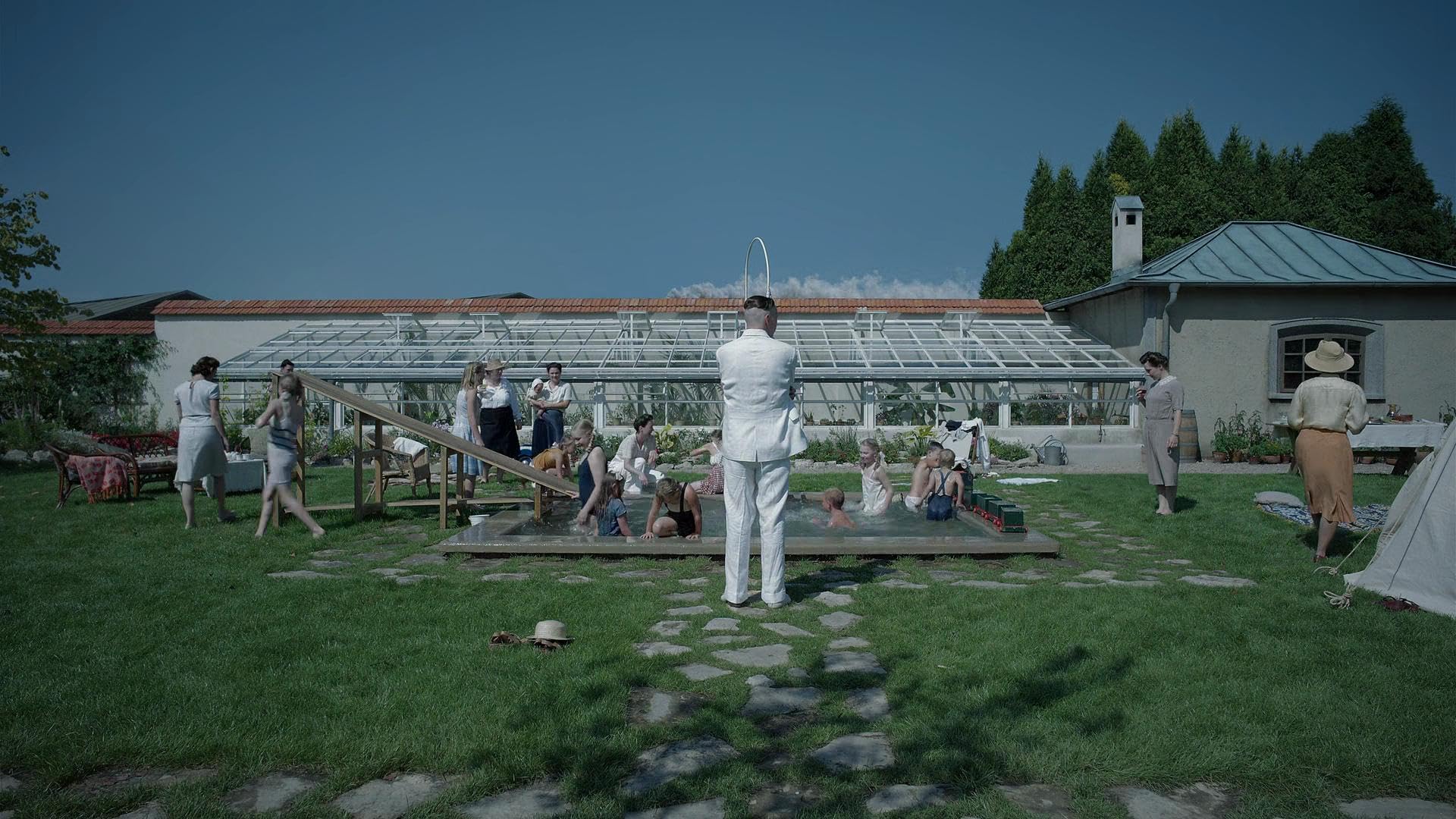
jiliplay ‘The Zone of Interest’: Condemning apathy in the Third Reich
“The Zone of Interest” proves that the belief in the Nazi cause is just as horrifying and historical as the other atrocities of World War II jiliplay I’m not a fan of war films. So when it comes to the plethora of movies about our biggest battles, I’
-
“The Zone of Interest” proves that the belief in the Nazi cause is just as horrifying and historical as the other atrocities of World War II
jiliplay
I’m not a fan of war films. So when it comes to the plethora of movies about our biggest battles, I’ve barely skimmed through the wide array of historical reimaginations out there.
The only other Holocaust drama I’ve watched is “Schindler’s List” and it’s quite the antithesis to the sensibilities of “The Zone of Interest.” Picture a dreary black-and-white film centering on a Nazi general so messianically sympathetic to the cause of the Jews that he risks his own life to save hundreds from death in concentration camps. It is a far cry from an idyllic German family living in the countryside—oh yes, who live next to the largest concentration camp in Germany.
Another film, less of a drama and more of a comedy, is “Jojo Rabbit” where a young German boy’s imaginary friend is Hitler. Ironically so, der Führer leads him like his conscience but eventually gives way to keep a Jewish refugee safe.
 Imogen Kogge and Sandra Hüller in “The Zone of Interest”
Imogen Kogge and Sandra Hüller in “The Zone of Interest”
What I did find similar between these Third Reich films is that they surprisingly did not tell the stories of the Jewish victims of the Holocaust.
This is not to say there are no Jewish-centered films either; think “The Pianist” or “The Diary of Anne Frank.” There are plenty, but I personally believe German people of the day are given their flowers more often than prescribed.
I don’t believe the absence of explicit suffering in this movie impairs our sympathies for the victims of the worst humanitarian crime of the last century, rather, it deepens our understanding of the evil seeded into the civilization that allowed this crime to exist and prolong as long as it did.What was so haunting about World War II was how German nationals were convinced by Hitler that what was being done was justified, so much so that a Nazi general’s family could live by the concentration camps and for the most part completely have it evaded from perception.
“The Zone of Interest” paints no modest picture of the common German family during the Third Reich. Its storytelling is masterfully done, enacted on the bones of past Holocaust drama films that show the graphic horror of Nazi atrocity to the Jewish people.
 Sandra Hüller, Johann Karthaus, Nele Ahrensmeier, Luis Noah Witte, and Christian Friedel in “The Zone of Interest”
Sandra Hüller, Johann Karthaus, Nele Ahrensmeier, Luis Noah Witte, and Christian Friedel in “The Zone of Interest”
Everything is an assault to the senses, even before the title card is shown. There is a Holocaust memorial at the Jewish Museum Berlin by installation artist Menashe Kadishman called Shalekhet (Fallen Leaves), where more than 10,000 iron faces span a giant concrete room that opens into the sky. The opening score of “The Zone of Interest” almost exactly mimics the haunting scraping and clanging that echoes into the high ceilings of Shalekhet when you, the offender, step on those iron faces to cross the room.
People believed in the Holocaustjiliplay, and people believed in Hitler, this fact is just as horrifying and historical as the other more apparent atrocities of World War II.At times the film’s composition utilizes such an oppressive symmetry that would disturb anybody, save for one living under the orders of the führer. The sunlight is made harsh in scenes where it is present. The German folkwear worn by the family are clear stand-ins for what the Third Reich protects (the husband is almost always wearing his uniform, a stark contrast to the cotton and linen of his wife and kids) and what the Jewish people are slaughtered for. The drab outfits of every Jew working for the family virtually color-codes them as the grayed-out background that they are.
 Christian Friedel in “The Zone of Interest”
Christian Friedel in “The Zone of Interest”
Many stories are told about the Holocaust, and the shots of the Auschwitz–Birkenau State Museum and its staff play as an homage to the greatest storytellers of the Holocaust. I don’t believe the absence of explicit suffering in this movie impairs our sympathies for the victims of the worst humanitarian crime of the last century; rather, it deepens our understanding of the evil seeded into the civilization that allowed this crime to exist and prolong for as long as it did.
People believed in the Holocaust, and people believed in Hitler. This fact is just as horrifying and historical as the other more apparent atrocities of World War II.
Related News
(The Conversation is an independent and nonprofit source of news, analysis and commentary from academic experts.) Libby Richards, Purdue University (THE CONVERSATION) Your sub...
Curtis Small took his place in front of the video camera as an ethereal portrait of his son K’Sean lit a screen on the wall behind him. He was flanked by about 20 dancers, who stee...
I saw Beyoncé dance at New York Live Arts on Thursday. Not that Beyoncé, but a young performer from the Ivory Coast with the same mononym. And this Beyoncé was essentially a backup...
A fire that broke out in a residential area in Quezon City on Thursday, November 21, 2024, left two people dead and one person injured, according to the Bureau of Fire Protection-N...
People react as US Vice President Kamala Harris speaks at Howard University in Washington, DC, on November 6, 2024. Agence France-Presse WASHINGTON — She needed their support...
